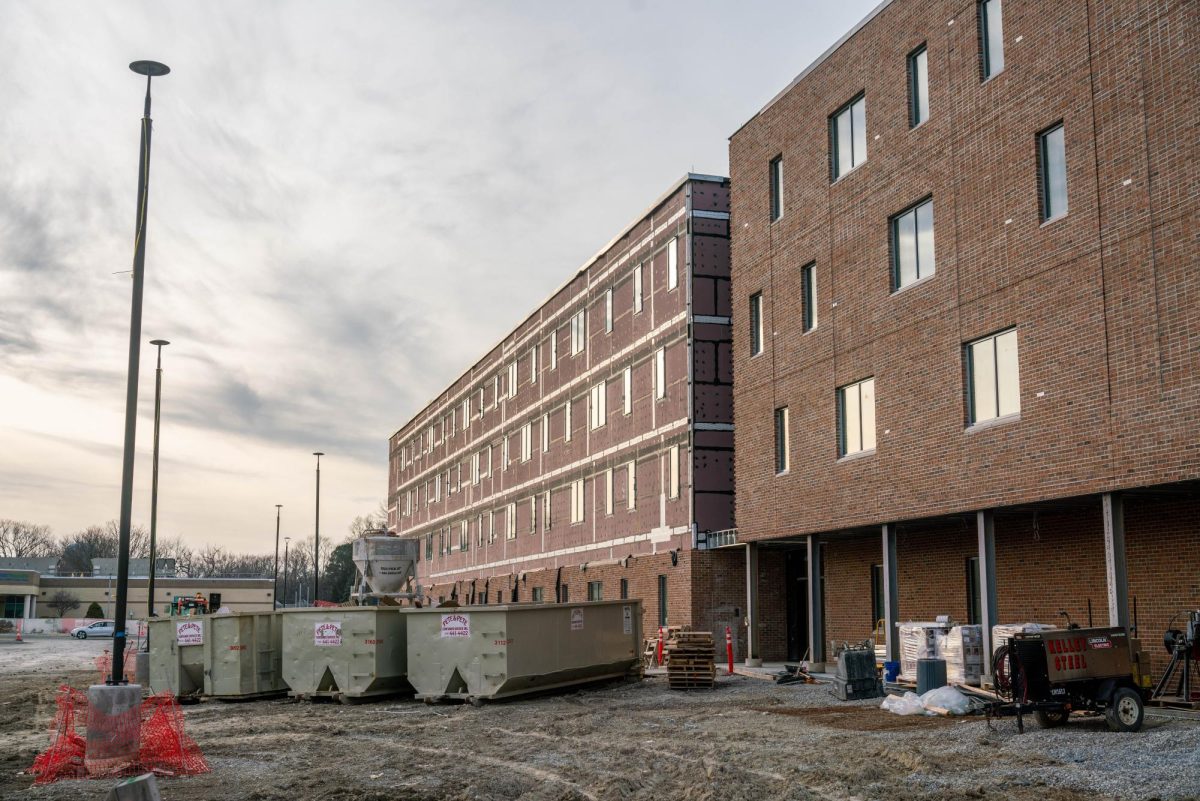Last January, the Center for Information Technology opened the Project Management Office. The office will coordinate large-scale IT projects, handling details such as budgeting, scheduling, and communications. The office’s first project was the updated Services Portal, which launched the week of March 25. The new portal, accessible to students on Oberview, presents an updated interface through which students can request services from CIT and the Office of the Dean of Students. IT Project Management Director Heather Spellman said that the goal is to expand the portal to allow students to request services from other College offices as well.
Spellman said that CIT had been trying to implement the Project Management Office for the past year. She said that the Office improved efficiency because it took the responsibility of project management off of those involved with working on the project.
“Project management principles have been something we’ve used informally, ever since we’ve been doing project work,” Spellman said. “But I think the complexity [and] the amount of the IT projects that we’re working on now called for a more formal project management office and some people that are dedicated to doing project management.”
The Technology Project Size Guidelines available on CIT’s intranet website defines a project as any action that requires more than 40 hours of work from CIT and may involve more than one campus office. Actions that require less work and only involve one campus office can be requested through the services portal. Projects must be requested through a separate form through which the request is assessed by the Project Management Office and CIT Chief Information Officer. An additional distinction of a large project is made for projects that require over 1,200 hours.
Spellman emphasized that facilitating communication was an important role of the Project Management Office. She said that all projects are required to have a detailed communications plan drawn up identifying stakeholders — or students and faculty who are affected by the project — and how relevant details of the project can be most effectively communicated with them.
“Some projects — certain groups don’t really need to be aware until it’s almost time to do it,” she said. “Other stakeholders need to know from the very beginning. Some people want to be communicated [with] in just regular meetings, some through the Campus Digest, some through direct email communication.”
Spellman said that the updated Services Portal was created to allow for greater security and replace the outdated interface. Currently, the Office of the Dean of Students is the only campus office outside of CIT accessible on the Services Portal. Students can request the 1835 Fund Application through the portal. Spellman said that Human Resources is the next office that CIT hopes to add to the services portal.
“Our goal with the Services Portal is not just to introduce another tool, but to provide a comprehensive solution that addresses the fragmented nature of our current IT support system,” CIT’s intranet website reads. “This platform is about integration, automation, and efficiency, making it easier for everyone to access the services they need in one place.”
On CIT’s intranet, those with an Oberlin login can monitor progress on technology projects including the Services Portal. The interface allows students and faculty to see what projects CIT is working on, what stage these projects have reached, and what goals they aim to achieve.








